World’s Largest Isolated Tribe Makes Rare Appearance After Loggers Move In
Rare new images have surfaced, showing members of one of the world’s most isolated Indigenous tribes, the Mashco Piro, emerging from a secluded area of the Peruvian Amazon.
This region has been increasingly encroached upon by loggers.
The Largest Uncontacted Tribe
Survival International, a nonprofit advocating for Indigenous rights, estimates that the Mashco Piro tribe consists of more than 750 individuals.
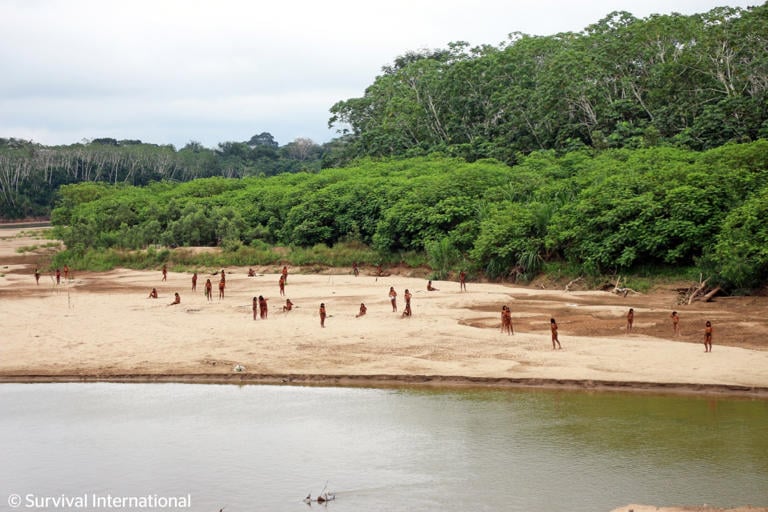
Source: Survival International
This makes them the largest uncontacted tribe globally.
Living In Seclusion
They reside between two natural reserves in Madre de Dios.
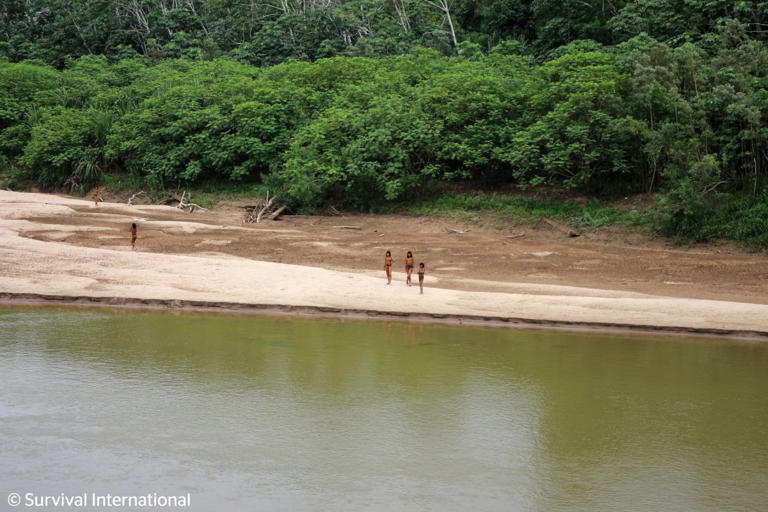
Source: Survival International
Typically, they avoid contact with the outside world.
Emerging From Isolation
However, in recent weeks, members of this reclusive tribe have been observed leaving the rainforest in search of food.

Source: Survival International
They are also trying to distance themselves from the advancing loggers, according to the Indigenous rights group Fenamad.
Photos Reveal Mashco Piro Tribe
Photos captured at the end of June show the Mashco Piro along a riverbank in the Madre de Dios region, near the Brazil border.

Source: Survival International
“These incredible images show that a large number of isolated Mashco Piro live alone a few kilometers from where the loggers are about to start their operations,” said Caroline Pearce, director of Survival International.
Call for Protection
Alfredo Vargas Pio, head of Fenamad, emphasized the significance of this sighting: “This is irrefutable evidence that many Mashco Piro live in this area, which the government has not only failed to protect but actually sold off to logging companies.”

Source: @MinCulturaPe/X
“The logging workers could bring in new diseases which would wipe out the Mashco Piro, and there’s also a risk of violence on either side, so it is very important the territorial rights of the Mashco Piro are recognized and protected in law.”
Recent Sightings
Recently, over 50 Mashco Piro individuals appeared near the Yine village of Monte Salvado.
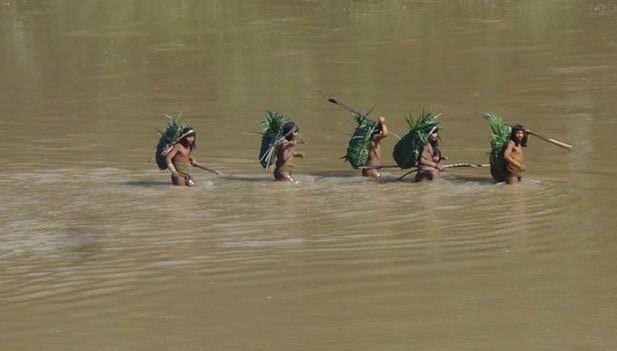
Source: @Ecocentristas/X
Another group of 17 was seen near Puerto Nuevo, according to Survival International.
Peruvian Government Reports Mashco Piro Sightings
On June 28, the Peruvian government reported sightings of the Mashco Piro on the Las Piedras river.
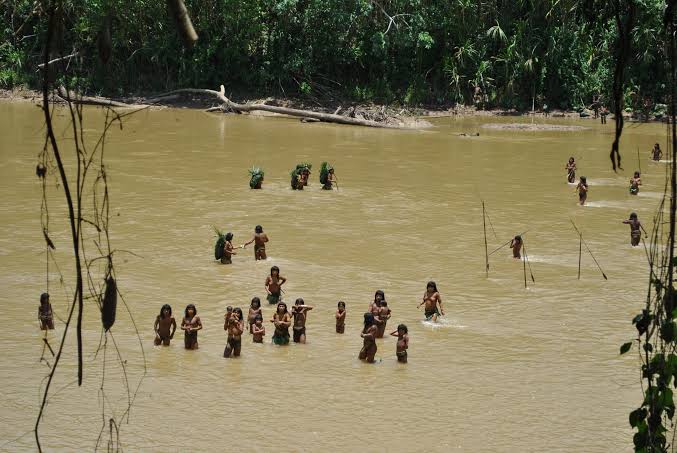
Source: @Ecocentristas/X
This location is 90 miles from Puerto Maldonado, the capital of Madre de Dios.
Cross-Border Sightings
The tribe has also been spotted across the Brazilian border, stated Rosa Padilha from the Brazilian Catholic bishops’ Indigenous Missionary Council in Acre.
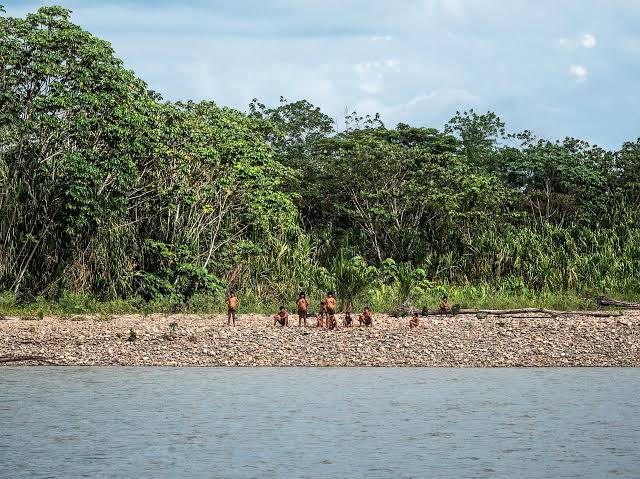
Source: @Jayysen_/X
“They flee from loggers on the Peruvian side.”
Seasonal Behavior
“At this time of the year they appear on the beaches to take tracajá (Amazon turtle) eggs. That’s when we find their footprints on the sand.”
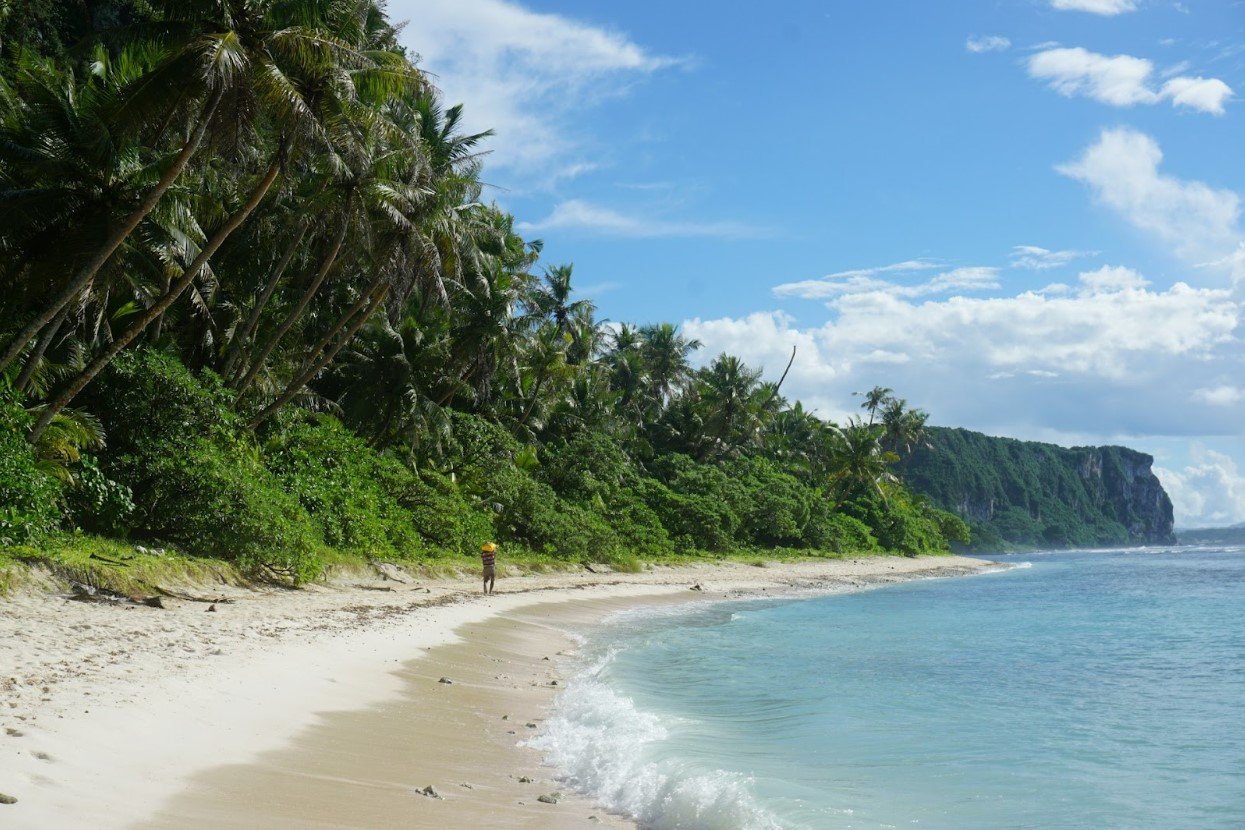
Source: Philip Davis/Unsplash
“They leave behind a lot of turtle shells. They are a people with no peace, restless, because they are always on the run,” Padilha said.
Logging Companies Expand Operations Near Mashco Piro Territory
Several logging companies hold timber concessions in the territory inhabited by the Mashco Piro.

Source: Paula/Pexels
Canales Tahuamanu, one such company, has constructed over 120 miles of roads for logging trucks to extract timber.
The Yine Chime In
The Yine tribe, though not isolated, speaks a language related to Mascho Piro. They have previously reported that the Mascho Piro “angrily denounced the presence of loggers on their land,” (via Survival International).
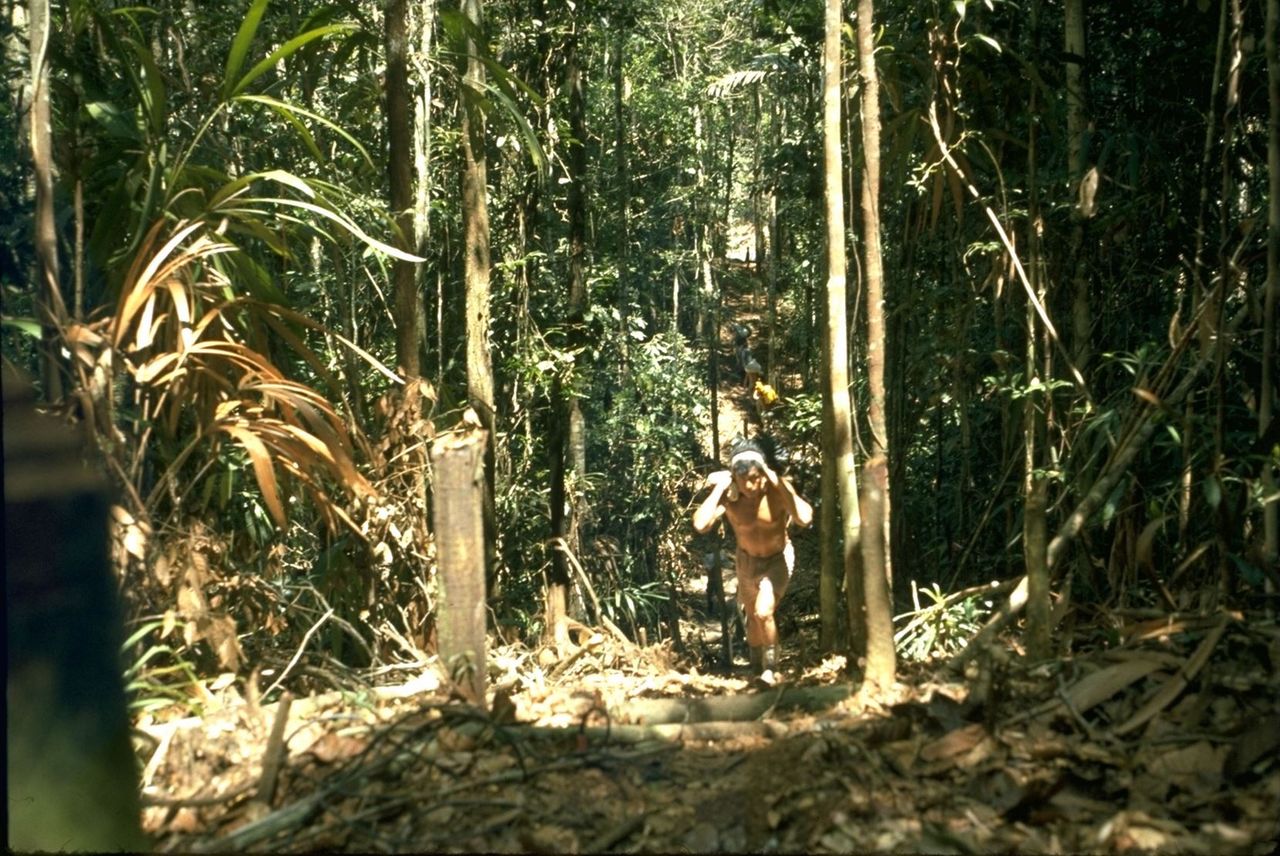
Source: Wikimedia Commons
This is not the first time the Mascho Piro have had to flee their homes. In 2011 and 2013, the Indigenous community emerged from the forest in what many called an action for attention from the outside world.
Proof in the Arrows
In 2022, the Mashco Piro struck two workers from the Canales Tahuamanu, a logging company with timber concessions in the territory inhabited by the indigenous community, with arrows.

Source: FrankOWeaver/Wikimedia Commons
“The Mashco Piro are desperate. Those arrows are the proof,” Julio Cusurichi, an Indigenous leader and an activist who has been recognized for his efforts protecting Indigenous peoples and the Amazon rainforest, told the Washington Post in May. “They would not have acted that way unless they were forced to.”
UN Asks for Logging to Stop
Last year, the UN special rapporteur on Indigenous rights asked for Canales Tahuamanu to stop logging in the area, hoping to protect the homes and unspoken wishes of the Mascho Piro people.

Source: Pixabay/Pexels
The company did not respond to any publications for a request on why they have continued logging in the area.
Canales Tahuamanu Silent Despite Inquiry
Despite a request for comment, a representative from Canales Tahuamanu in Lima did not respond.
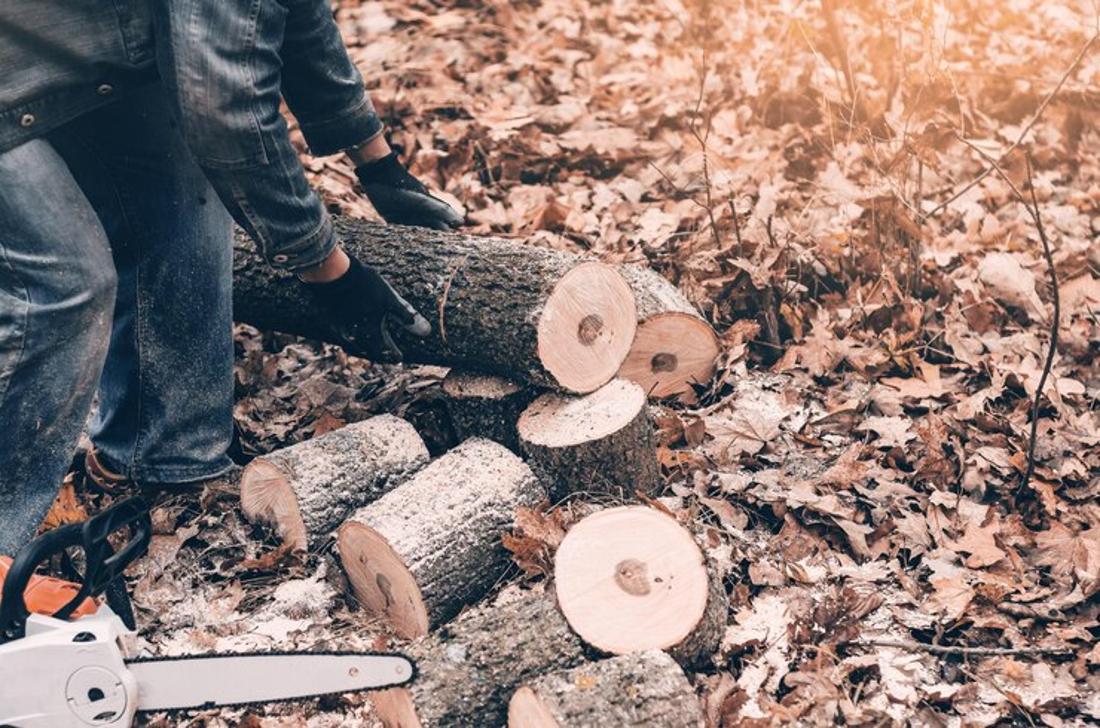
Source: Wikimedia
The company is certified by the Forest Stewardship Council and manages 130,000 acres of forests in Madre de Dios for cedar and mahogany extraction.
A Petition to Stop Logging
Survival International calls for the country’s Forest Stewardship Council to withdraw its certification of the company’s operations. More than 9,000 people have signed the online petition.

Source: Edouard CHASSAIGNE/Pexels
“This is a humanitarian disaster in the making – it’s absolutely vital that the loggers are thrown out, and Mashco Piro’s territory is properly protected at last. The FSC must cancel its certification of Canales Tahuamanu immediately – failure to do so will make a mockery of the entire certification system,” the Survival International group writes.
Another Secluded Tribe Gained Attention
Another secluded tribe gained global public attention in 2018 after John Allen Chau, a 28-year-old missionary, illegally visited the North Sentinelese Island and attempted to convert the tribe to Christianity.

Source: Indian Coastguard/Survival
Chau ultimately lost his life after the Sentinelese Tribe shot him with arrows. Knowing that this was the potential outcome of his journey, Chau wrote in his diary, “I think it’s worthwhile to declare Jesus to these people. Please do not be angry at them or at God if I get killed … Don’t retrieve my body.”
Others Affected by Trespassing
Chau was not the only person to have perished at the hands of the tribe. They reportedly ended the lives of two fishermen who were illegally angling in nearby waters in 2006.
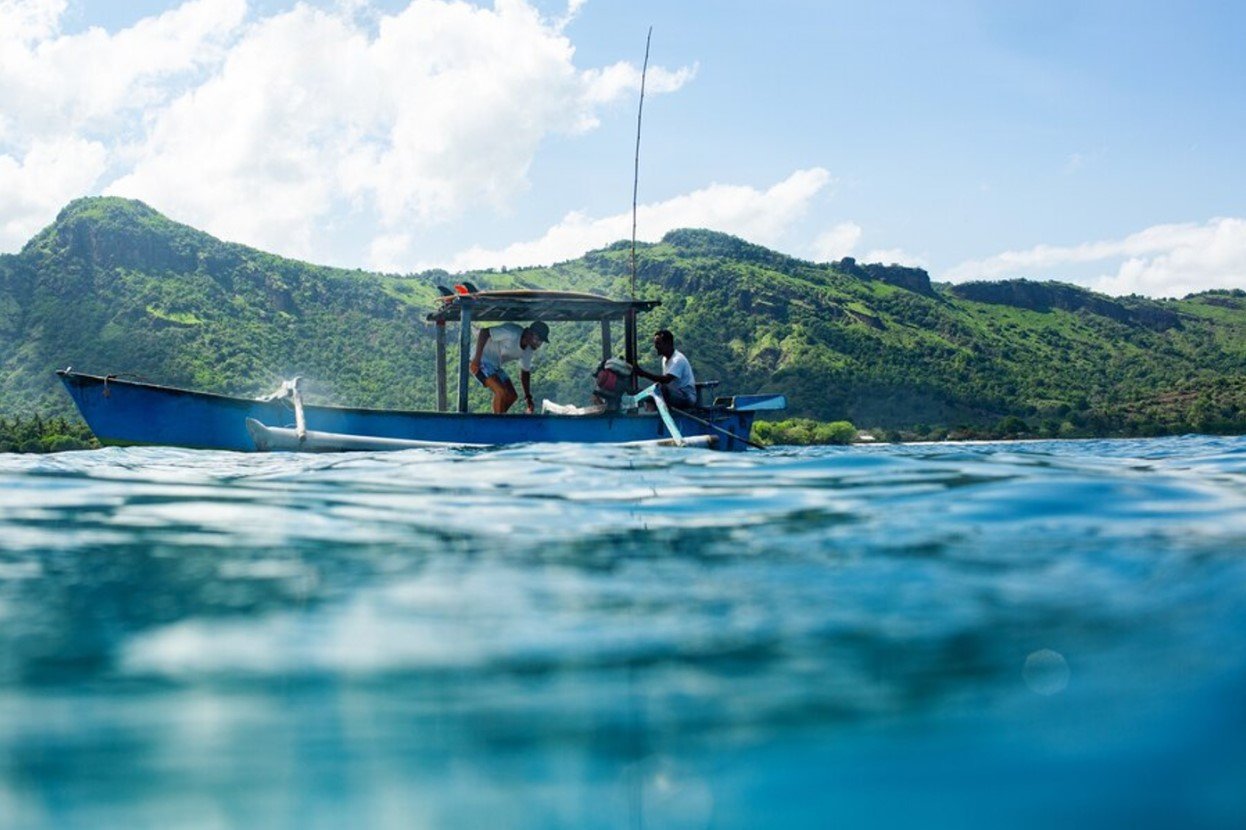
Source: Freepik
Despite these few interactions, researchers have generally understood the Sentinelese tribe’s actions through the rare documents that mention the tribe’s name.
History Influences Present
According to the Mirror, the Sentinelese are typically hostile to the outsider world due to their interactions with British colonial history, which is one of kidnapping, disease, and abuse.
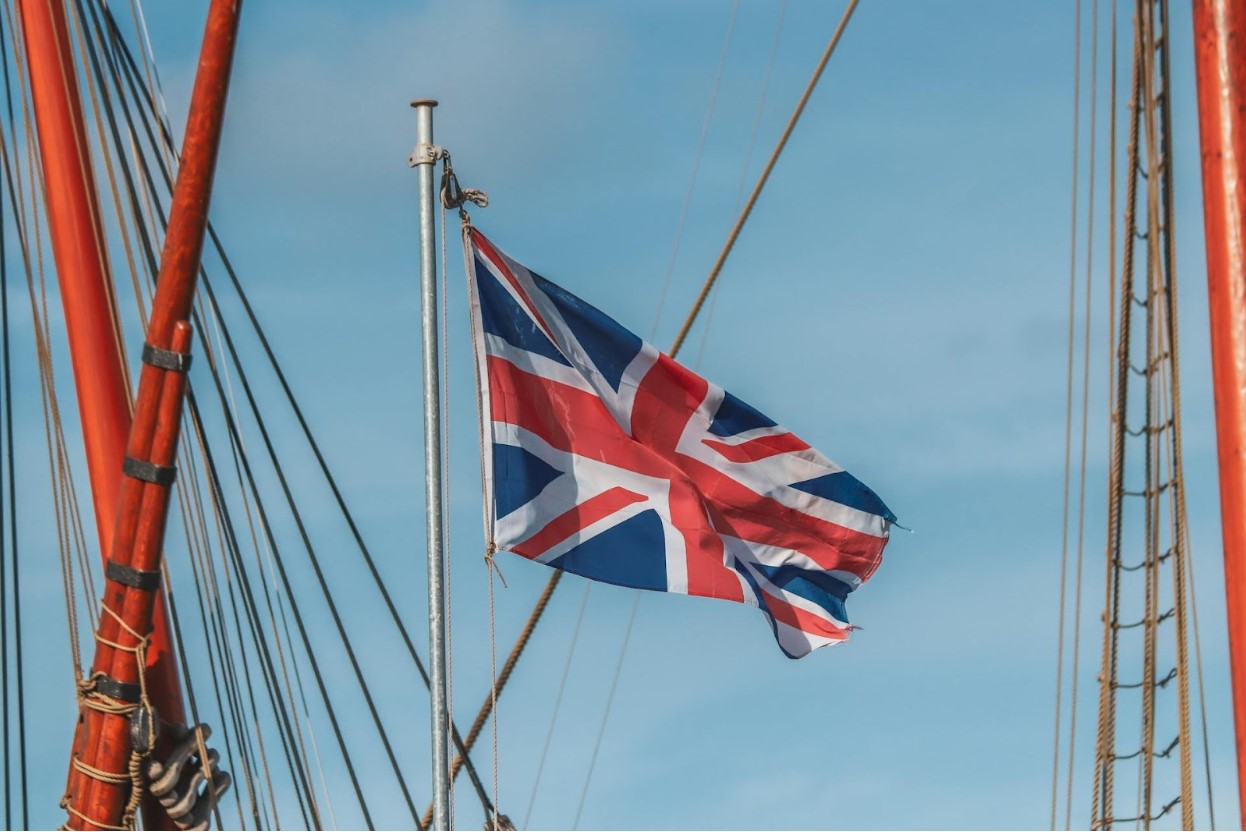
Source: Boys in Bristol Photography/Pexels
Few documents have survived that detail colonizers’ experience with the tribe.
The Role of Colonization
British Naval Officer Maurice Vidal Portman, who was responsible for documenting the pacification of tribes in the area for over two decades, first traveled to the previously unvisited North Sentinel Island in 1980.
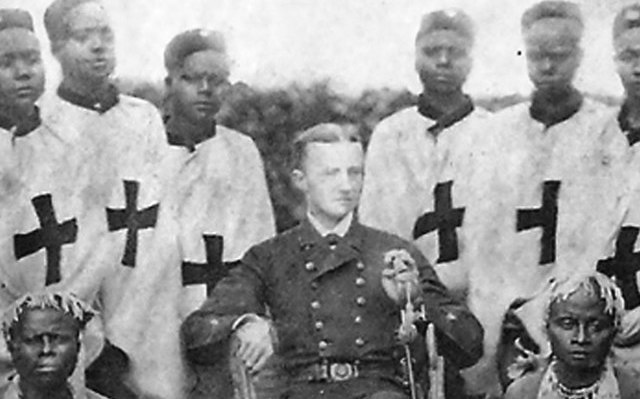
Source: Wikimedia Commons
Portman’s role was to “civilize” communities in the area, and attempted to do so to the Sentinelese tribe by capturing six of the islanders and bringing them to Port Blair to be studied for “science.”
Disease Spreads Through the Community
While researching the islanders, Portman documented that they quickly succumbed to diseases they had never encountered and rapidly became sick.
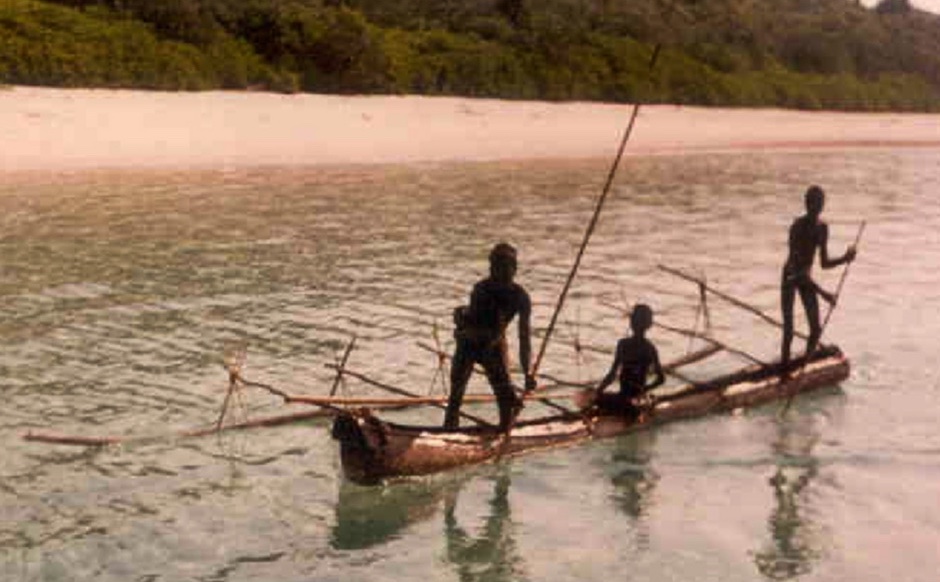
Source: A. Justin
The man and the woman passed by, while the still-infected children returned to their community. The lack of immunity to contemporary illnesses created an endemic in the community.
The Tribe Reacts to Outsiders
Portman tried to return to the island several times throughout his career, but the tribal community met him with hostility each time.
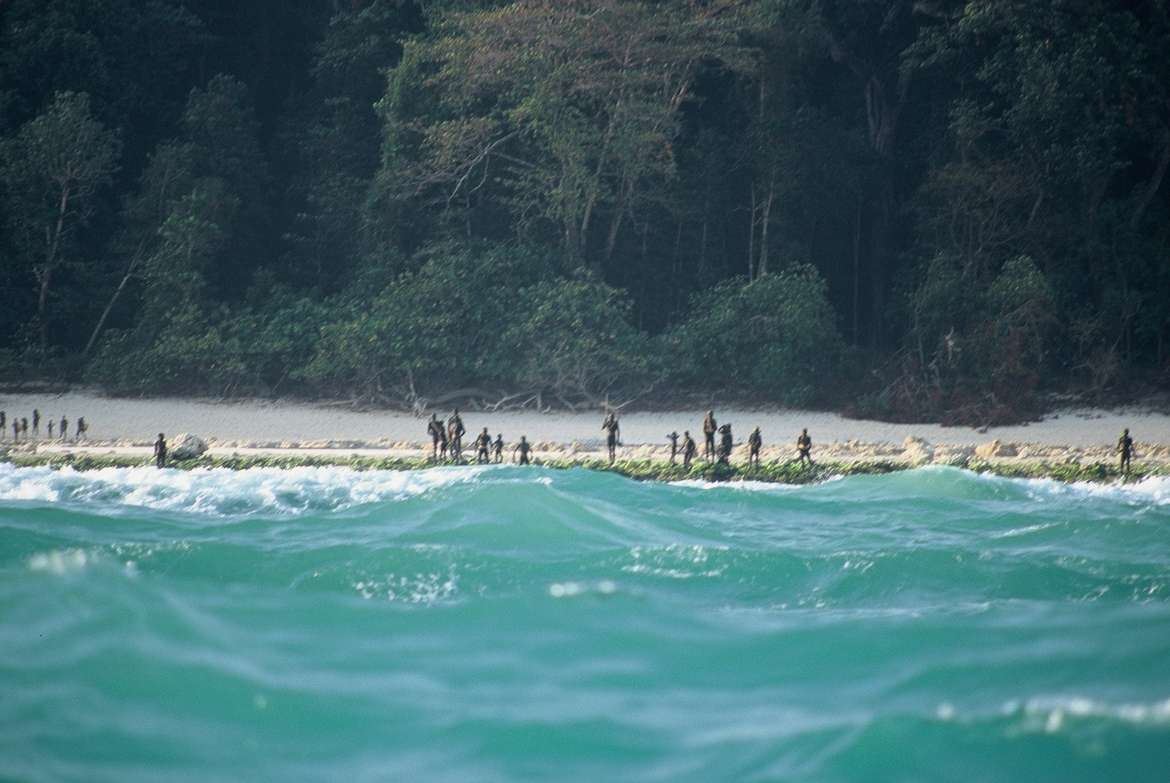
Source: Christian Caron/Creative Commons
“This expedition was not a success. We cannot be said to have done anything more than increase their general terror of, and hostility to, all comers,” Portman wrote, reflecting on one of his failed missions.
Connect With the Tribe
Indian authorities attempted to contact the community since Portman, including starting a short tradition in the 1970s of leaving gifts on the beach for the tribe.
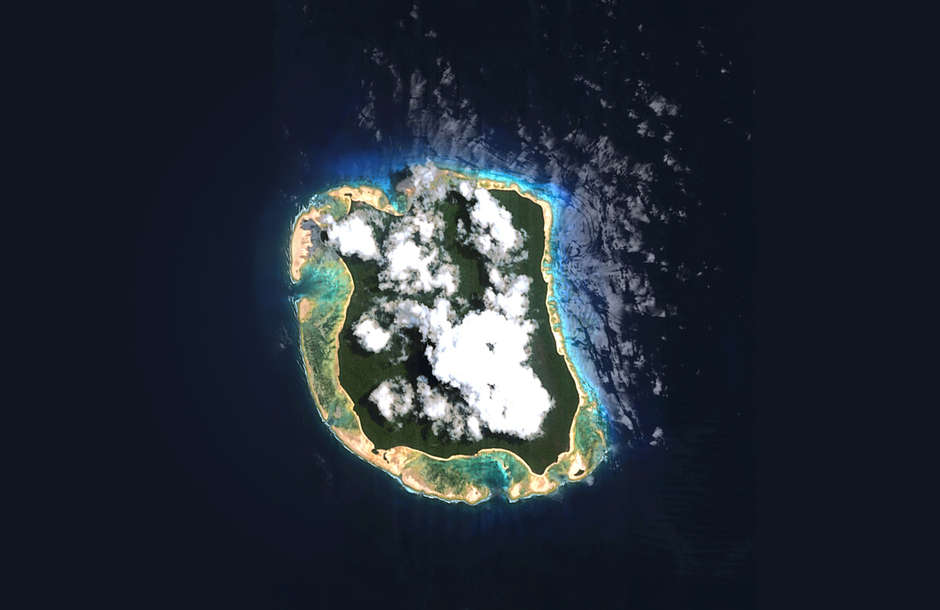
Source: Survival
Eventually, these attempts to befriend the tribe have been unsuccessful and often met with animosity. Since 1996, gift-dropping visits have stopped when officials decided it was best to leave the people of North Sentinel Island in peace.
Leaving Secluded Tribes in Peace
Since then, human rights organizations like Survival International have campaigned for the rights of Indigenous tribal people, stating that past colonization efforts have sowed distrust in the communities of the outside world.

Source: Luis del Rio/Pexels
On their website, Survival International writes: “Intergenerational trauma from this experience may account for the Sentinelese’s continued hostility and rejection of outsiders.”
